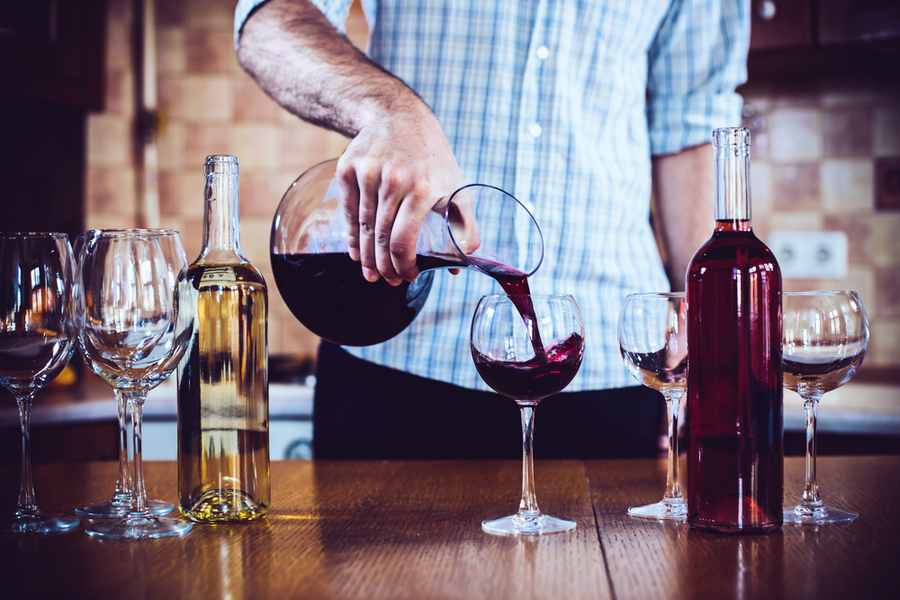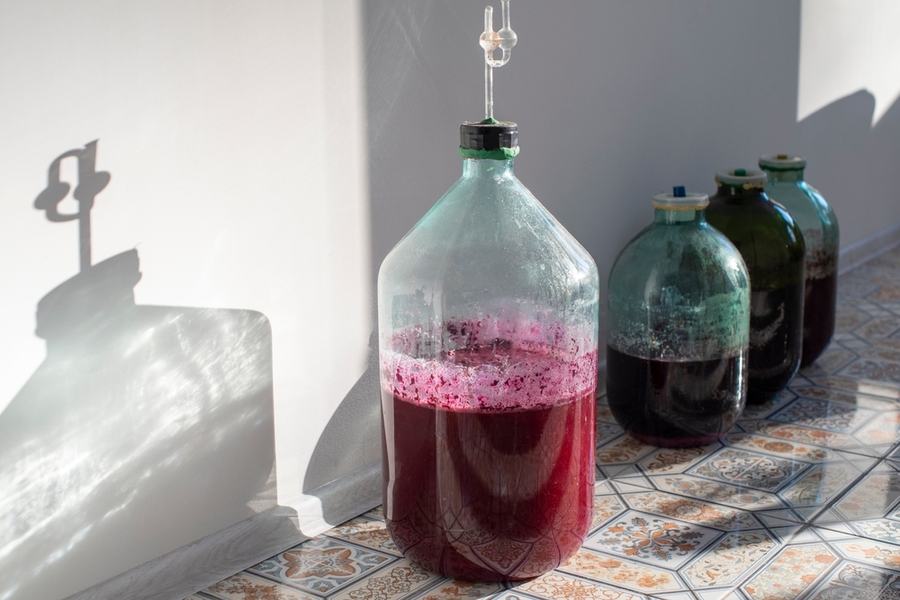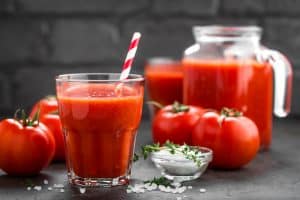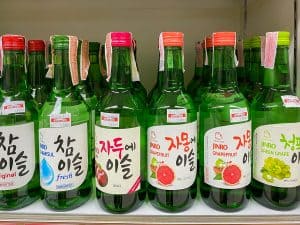
Maybe you received a home wine-making kit or have been dabbling with making your own wines at home. It is both a slow and rewarding experience–patience rewards those waiting in this case.
However, you might wonder when is my homemade wine ready to drink.
Fermentation takes around two weeks to complete. But your wine wouldn’t have developed any flavors or colorings yet because it hasn’t been aged. Aging your homemade wine can take anything from one month to six months. Red wines take longer to age–anything from nine to eighteen months.
The first step in producing wine is fermentation. Once your wine has fermented, you’ll bottle it and allow it to age. After aging, your wine would have developed its own unique flavor profile and will be ready to drink.
The Basics

Before you can bottle your homemade wine, you need to turn the juice into wine through fermentation. But the winemaking process doesn’t stop there. It also needs to be degassed before bottling and given enough time to age and develop flavor.
Fermentation
Fermentation is one of the most important steps when making your own wine at home. It is when the yeast turns the sugars into alcohol.
It is also crucial to make sure all your equipment is clean and sanitized. This eliminates the possibility of introducing unwanted bacteria and microorganisms, which may spoil your wine and efforts.
Yeast is also quite picky about its living conditions, and you need to manage your yeast… if the temperature dips too low, dormancy sets in; if it becomes too warm, the yeast will outright die, and you lose your batch of wine.
The ideal temperature for fermentation is between 70ºF and 75ºF. You will need to keep the temperature as constant as possible.
Usually, the fermentation stops automatically in wine, and other alcohol production–either when the yeast has fed on all the sugar or the alcohol level reaches a certain point and kills the yeast.
If you stop the fermentation too early, you’ll get an inferior product, and fermentation could even restart if you bottle your wine. This can cause a mess when bottles explode.
You’ll notice that your juices are bubbling and look cloudy–be patient; the yeast is doing its magic and producing wine. The liquid will start to clear as the fermentation process declines.
Sometimes the odd bit of fruit or yeast clump might still be in suspension, but it will eventually sink to the bottom.
Fermentation takes around two weeks to complete–the liquid will be clear. But, sometimes, it might still be slightly cloudy, and you will have to wait longer for it to clear up.
But you need to make sure fermentation stops completely before bottling your wine. Experts recommend using a hydrometer or refractometer to check that fermentation has indeed stopped.
We will briefly cover these topics in the next subsection.
Use a Hydrometer
You might wonder, what is a hydrometer? It is an instrument used to measure specific gravity, meaning it measures some characteristics of a liquid.
In making wine at home, it will measure the density of the liquid, the wonder amount of alcohol. We can measure the amount of alcohol to see if the fermentation has stopped.
A hydrometer is an essential tool, and you should get the best quality you can afford.
You will need to take readings at different intervals. When fermentation is done, you should have a reading of less than 0.998 on the Specific Gravity scale.
Anything above means fermentation is still ongoing, albeit slightly slower, or slowly as a ‘stuck fermentation.’ There is more information on using a hydrometer here.
Next, we’ll look at aging your wine.
Aging Your Wine

After fermentation, you will need to bottle your wine in sterile bottles and allow it to age. Aging your wine for a shorter time results in a more intense flavor profile, while a longer aging period will produce a smoother and more delicate profile.
It all depends on what you are looking for–some home-based winemakers only age their wine for two weeks, while others insist on anything between six months and a year.
An important step before bottling and aging your wine is to degas it–removing the CO2 produced by the yeast during fermentation. Degassing your wine ensures that it doesn’t taste flat or become susceptible to oxidation.
Excess CO2 will also give your wine a cloudy appearance, the same as when you have not completely fermented your wine and it restarts in the bottle.
If you were successful in making a large batch, you could label bottles with different dates for opening and testing. Taking and maintaining notes is crucial so that you can track the success of your project.
Keep in mind light will affect your wine, so it’s best to keep it in a cool and dark place–most people store theirs in the basement because it has a (relatively) constant temperature and is dark.
Wine is best stored between 50 and 60 Fahrenheit. Temperature fluctuations have a negative influence on wine–the taste could become dull, and you could lose special aromas.
White wines require a shorter aging period than their red counterparts. White wines can be ready within a month of bottle aging. If you age white wine too long, it will gain color and deteriorate.
We age red wines longer–around six months to a year. The key is to store your wine during aging to make sure it is ready to enjoy and drink.
Conclusion
Aging your wine after fermentation and bottling is a critical step to ensure you have a wine you can enjoy. During aging, the flavors develop, and the harsh alcoholic taste subsides. Tannins play an important role in your wine’s aging, preservation, and shelf life.
We can enjoy white wines in about six months, light red wines will have to age between nine and twelve months, and dark red wines can take anything between a year and a year and a half.









